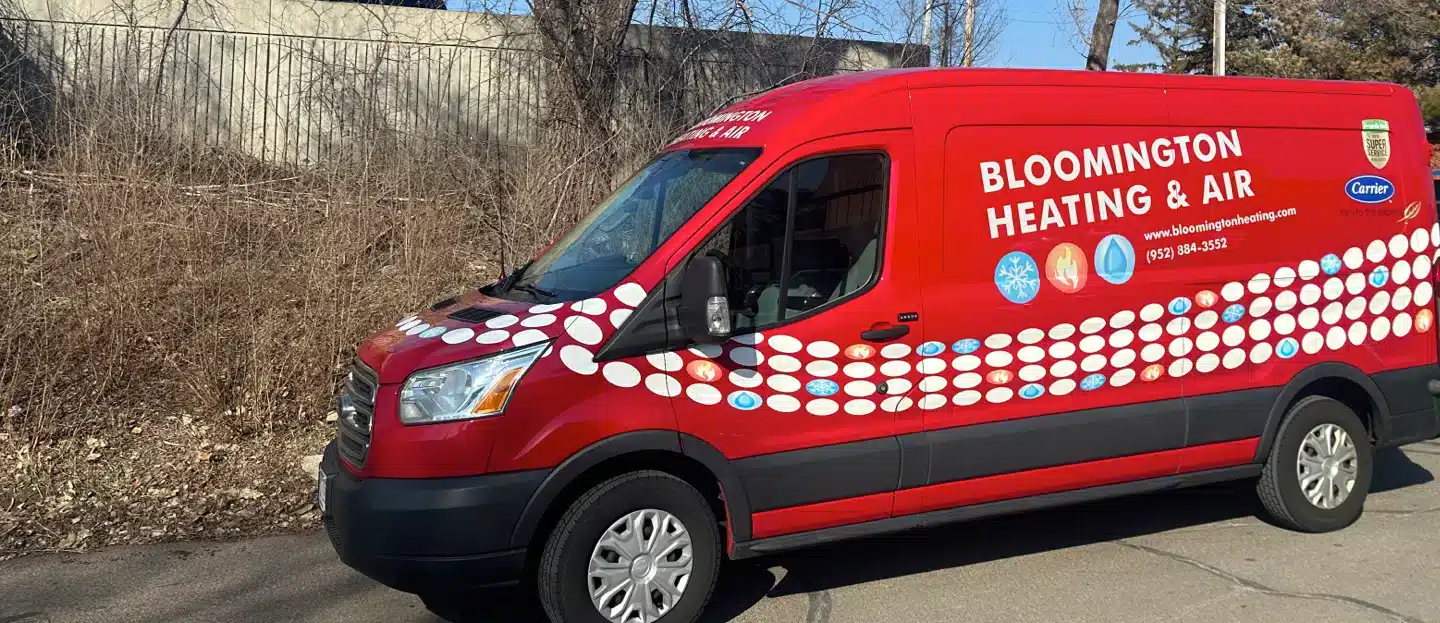
24/7 Emergency Phone Line
Family Owned & Operated
Licensed, Bonded & Insured
Coming inside from the freezing outdoors only to be greeted with a broken heater can swiftly turn a tolerable winter into a miserable one. While there can be a myriad of reasons for a heater to stop working, some of the more common ones are rather simple to troubleshoot and repair without the help of an HVAC repair company. To stay nice and toasty this winter, be on the lookout for any of the following common causes of HVAC issues.
It’s Time For Maintenance
As with other modern appliances, at some point during a heater’s lifespan, it will require maintenance in order to ensure it works at optimal efficiency. Even if everything seems to be working as normal, planned heating maintenance can ensure faults are caught earlier rather than later — saving homeowners time and money in the long run. If, after troubleshooting common issues, the heater still won’t click on, contact our heating & AC repair company — we’ll be happy to take a look. We’ll work diligently to restore heat to your home, so you can stay warm through the cold Minnesota winter.
A Blown Fuse
Sometimes when it comes to HVAC repairs, the solution isn’t as complicated as damaged wiring or a fault in the system. Before scheduling heating system repairs, check the circuit breaker and see if the fuse for the heater has blown, or if it was tripped in a recent power outage. These fuses are designed to protect the HVAC system in the event of a power surge and prevent expensive internal damage from occurring to the heater, but when they’re tripped no power is able to reach the furnace. Fuses can be replaced rather cheaply and only take a few minutes to switch out, saving lots of time and money for homeowners.
Thermostat Issues
The thermostat works as a control center for a home’s heating system — when properly programmed, the thermostat tells the heater when to turn on, what temperature the home should be heated to. The thermostat is also responsible for maintaining that temperature while the heater is on. If the thermostat isn’t set to the correct settings, or if it has an internal fault, it will be unable to properly communicate with the furnace, resulting in a lack of heat in the home. Ensure the thermostat is switched to “Heat”, that the desired temperature and time of day is set, and that there’s no dust or other debris inside of the thermostat. If the furnace is still not warming the home properly, there may be a wiring issue or the thermostat may be faulty. Our HVAC maintenance technicians can determine the issues and find the best solution to your home’s heating issues.
Dirty Air Filters
One of the most common issues HVAC technicians notice when they’re dealing with a faulty HVAC system is a clogged, dirty filter. Over time, dirt and other debris slowly accumulate on the filter, restricting airflow to the heater. Not only does an obstructed filter reduce the efficiency of the heater, but it can also lead to internal components becoming damaged, shortening the overall lifespan of your HVAC system. To keep a heating system in tip-top shape, homeowners should expect to either change out or clean filters once a month.
